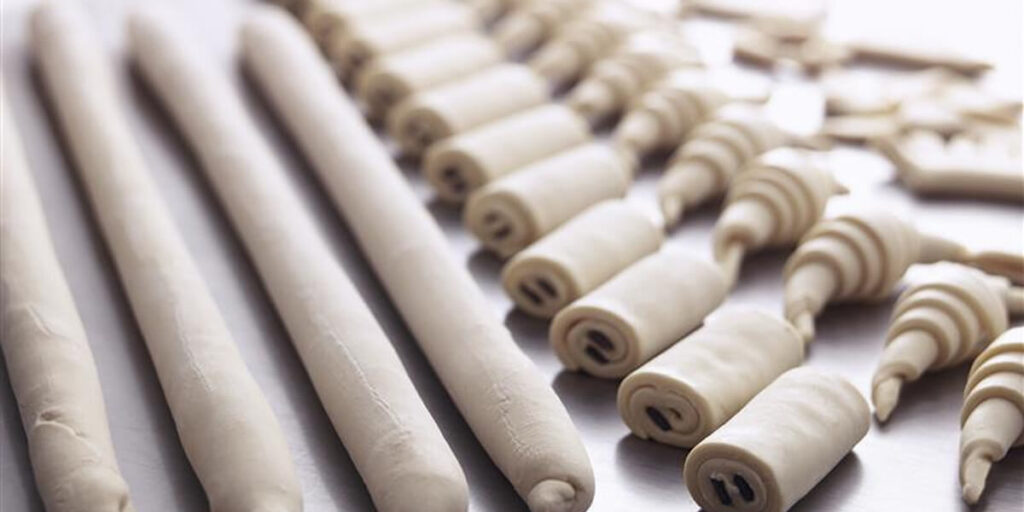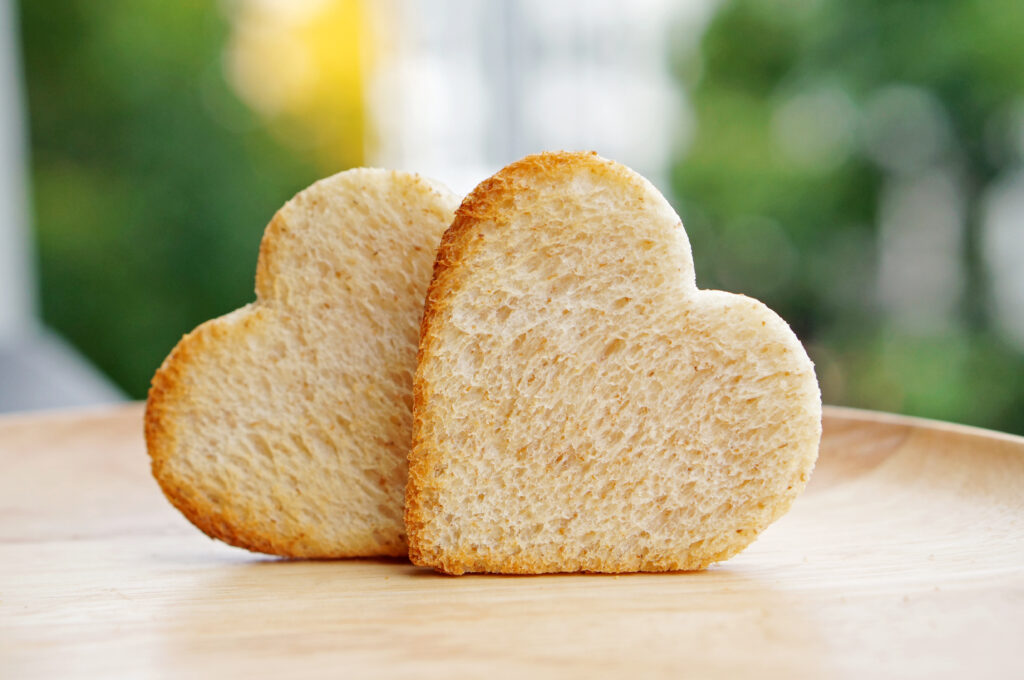Bread is a product that continues to evolve from the moment you take it out of the oven. Once removed from the oven, steam and the gases trapped in the crumb will escape to make way for the surrounding air. It is only after about 30 to 90 minutes, depending on the type of bread (size, density, thickness of crust, etc.), that the perfect balance between softness and freshness is reached, and the bread is at the best state to be eaten.
Then, the loaf will dry out gradually through moisture loss and staling will begin. Staling is the process in which starch, a main component of flour, recrystallizes. These processes are both natural and therefore inevitable.
The natural mechanisms involved in staling
During the staling process, the crumb becomes firmer and less elastic until it dries out and becomes crumbly, resulting in a less desirable loaf over time.
This is a natural phenomenon mainly due to the starch retrogradation process caused by the migration of water in the crumb towards the crust. Staling commences at the cooling stage and continues throughout storage: amylose reorganizes itself rapidly to form a hard crumb structure, while amylopectin assembles into crystals.
This twin-faceted structural change is known as starch retrogradation and is the factor responsible for making the crumb hard and brittle. This can be counteracted with a new heating phase such as toasting, which releases the amylose and amylopectin chains once again.
Gluten proteins are also involved in the staling process. Thus, gluten-rich bread will harden slower due to the interactions with starch.
Impact of storage conditions
A temperature of 20 to 25°C and a humidity rate of around 65% are the optimum storage conditions for preserving softness in bread. The aim is to minimize changes to the crumb structure during storage to preserve the loaf’s suppleness.
An unsuitable storage temperature will have negative effects on softness preservation. The retrogradation of starch reaches the peak at 4°C and hence, storing at a low temperature will result in earlier staling. Staling also speeds up over time, accompanied by increased crumb resistance.
How to slow down staling in bread?
The rate of temperature increase, and the baking time have an adverse effect on the enzymes that promote staling. The higher the baking temperature, the faster starch retrogradation will be. Research has shown that baking slowly over a low temperature reduces the firmness of the crumb whereas, short and intense baking leads to rapid staling.
Our Baking Center™ support
Is your bakery experiencing technical challenges? Let our team of baking experts help. Our Baking Center™ is staffed with knowledgeable, skilled bakers, as well as food scientists who are always on hand to support in the areas of: product and process development, technical assistance, formulation, sensory analysis, and training.
Visit us at lesaffre.com.sg to learn more about our expertise and solutions.
Stay up to date with insights on the latest consumer food trends, technical articles, and more! Follow us on Facebook, Instagram and LinkedIn.




